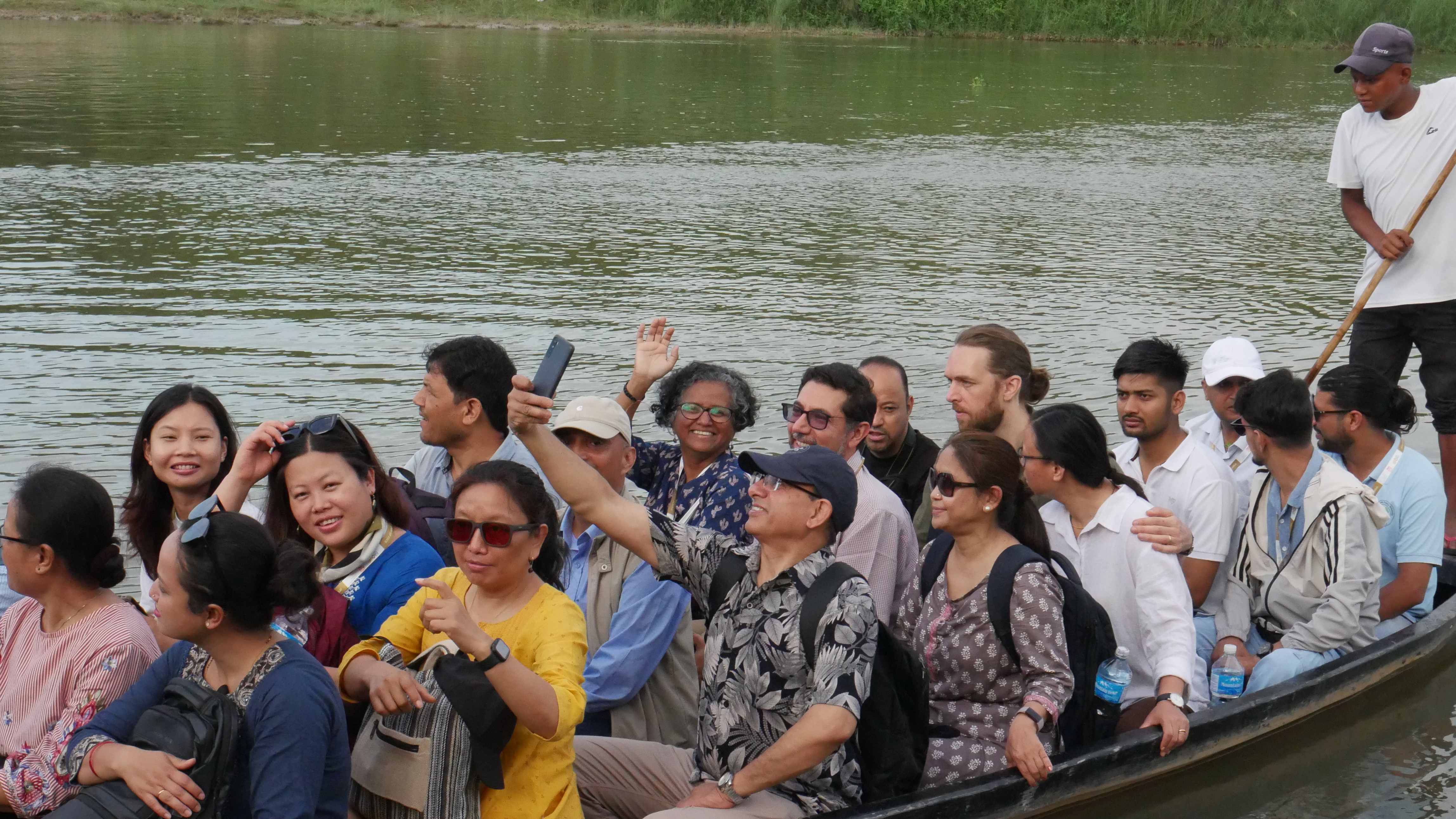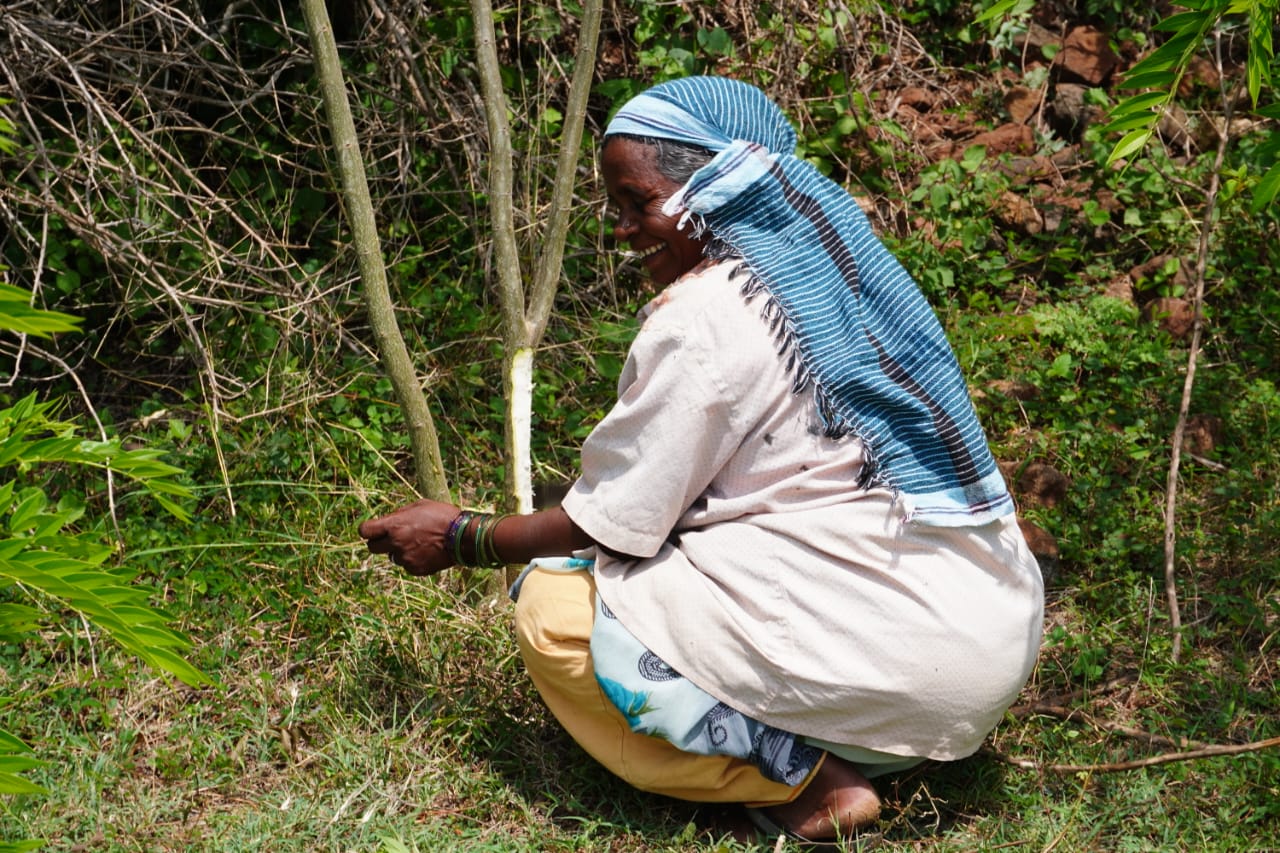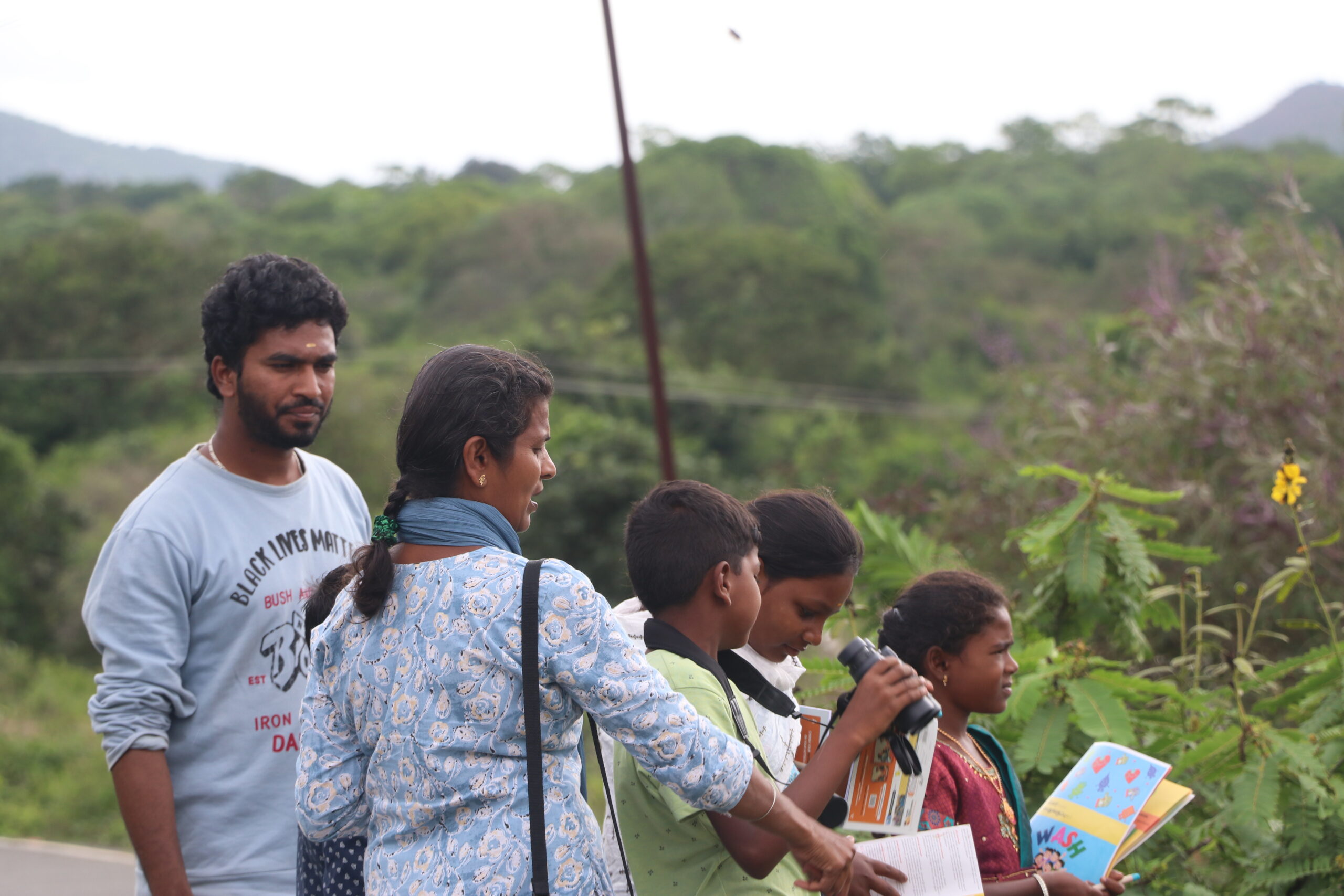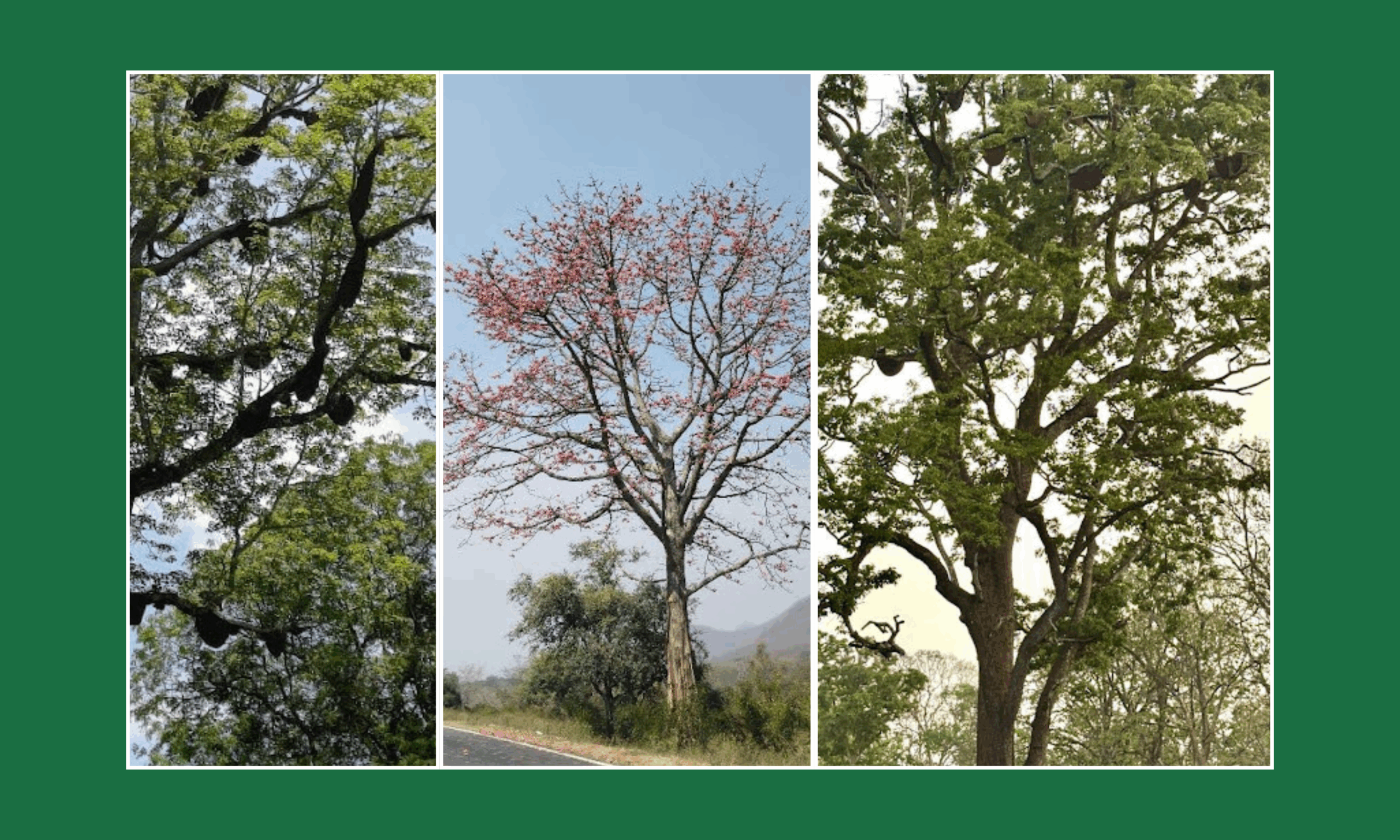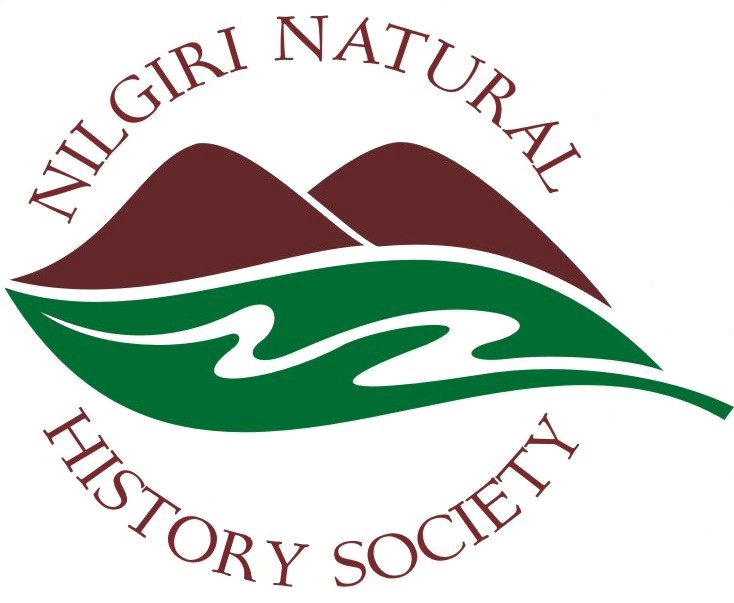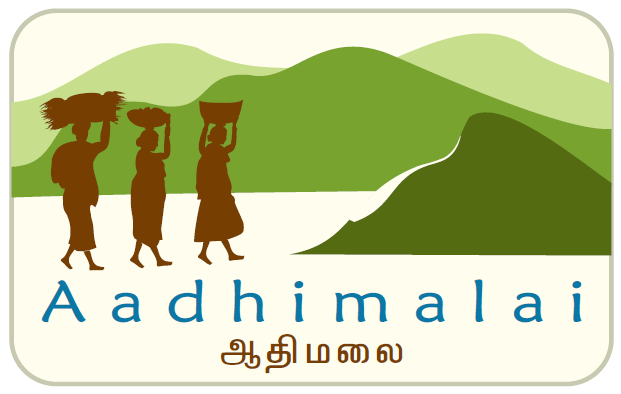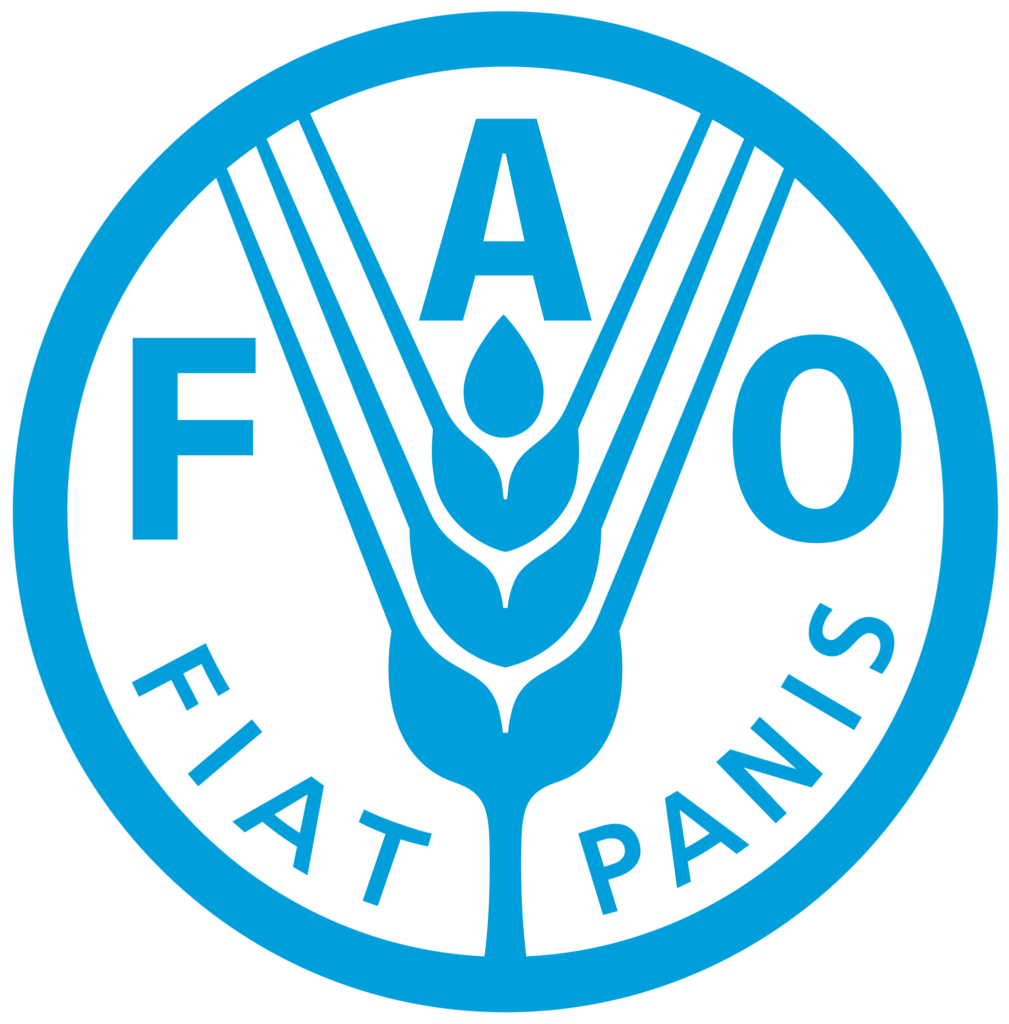By Vishnu N.M, Biodiversity Conservation
From Keystone Foundation, three of us participated in a workshop titled ‘Indigenous Peoples Biocentric Restoration & Indigenous Peoples Food Systems Profiling Methodologies in Nepal,’ organized by FAO (Food and Agriculture Organization) and NTNC (National Trust for Nature Conservation) from May 26 to 30, 2025. Krishna Prasad Silwal, representing the Ministry of Forest and Environment, Bagmati Province, inaugurated the program. The programme started with a cultural dance performed by the Tharu community from the local area. Around 70 people participated in the workshop.


Group photo of the participants and facilitators
Yon Fernandez-de-larrinoa, Head, Indigenous Peoples Unit, FAO, led the workshop. The team from FAO presented information about Indigenous Peoples around the world and FAO’s work with them. Indigenous Peoples themselves internationally agreed upon the term ‘Indigenous Peoples,’ and the UN General Assembly recognized it in the 2007 Declaration on the Rights of Indigenous Peoples (UNDRIP).This term allows Indigenous Peoples to speak at international meetings, marking a significant step after 80 years of advocacy.

The first two days focused on Indigenous food system profiling, featuring an overview and presentations on the food systems of five Indigenous communities—Bhotia, Anwal, Baka, Tikuna, and Cocama. These presentations helped us deeply understand that Indigenous knowledge systems firmly root themselves in sustainability and resilience in agriculture and natural resource management.Additionally, group activities provided practical experience in analyzing and documenting Indigenous food systems through hands-on methodology learning.
Indigenous Peoples Biocentric Restoration is a global program addressing biodiversity loss, climate change, and desertification through indigenous-led restoration efforts that acknowledge Indigenous peoples’ food systems, knowledge, and spiritual practices. It is about restoring the lost memory of the territories, passing knowledge from elders to youth.
So far, six countries, including India, have implemented this programme, and Nepal is now introducing it.
There are 6 steps for this programme
- FPIC process (Free Prior and Informed Consent)
- Schools of life
- Plants, pollinators and animals assessment
- Community nurseries for plant propagation
- Participatory definition of areas to be restored
- Recovering traditional food practices
For instance, presenters showcased two case studies: one from Ecuador highlighting restoration through bamboo planting, and another from Brazil focusing on restoring rock landscapes.

During our field sessions, we visited the Bote community village and their homestay, which supports livelihoods and cultural preservation. We also explored Chitwan National Park and two community forests, where locals sustainably harvest forest products and actively promote ecotourism. Notably, the Community Forest User Group manages the Bhagmara Bufferzone Community Forest. Their tourism consists primarily of boating, elephant safaris, and jeep safaris. The income from these tourism activities is split evenly: half supports the conservation of birds, animals, trees, and river crocodiles, while the other half aids local livelihoods. We found all the sessions interesting and engaging, and our team felt many of the workshop’s approaches are already regularly applied in our working areas. We look forward to improving our methodologies and applying our learnings in the landscapes we work in.
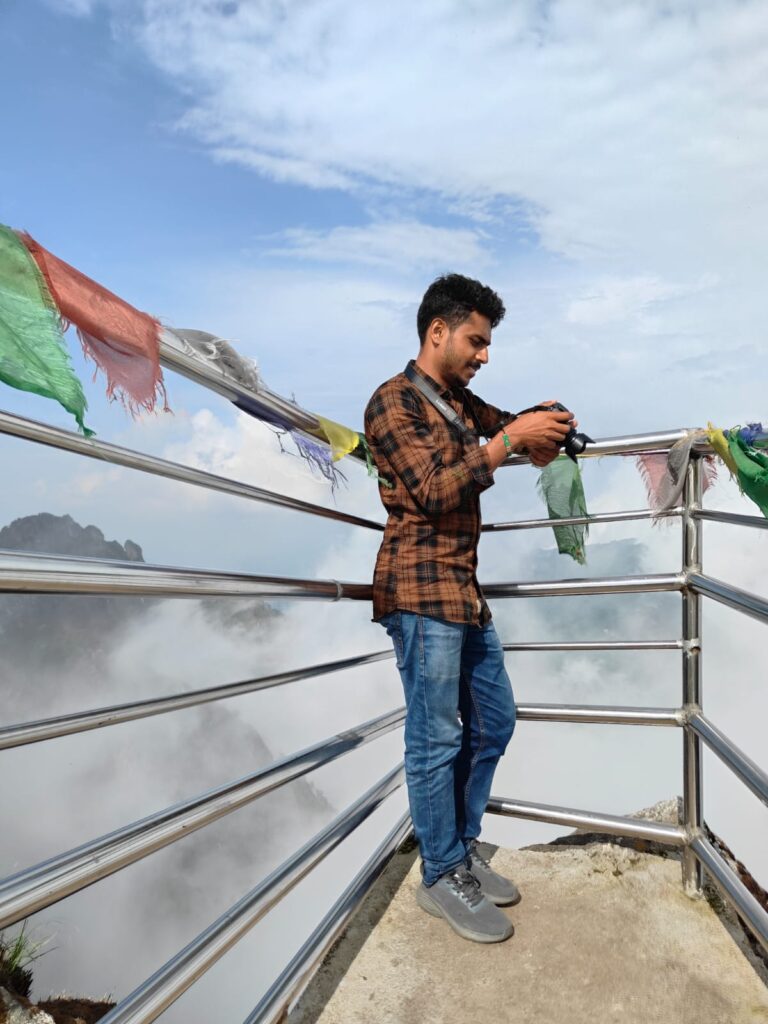
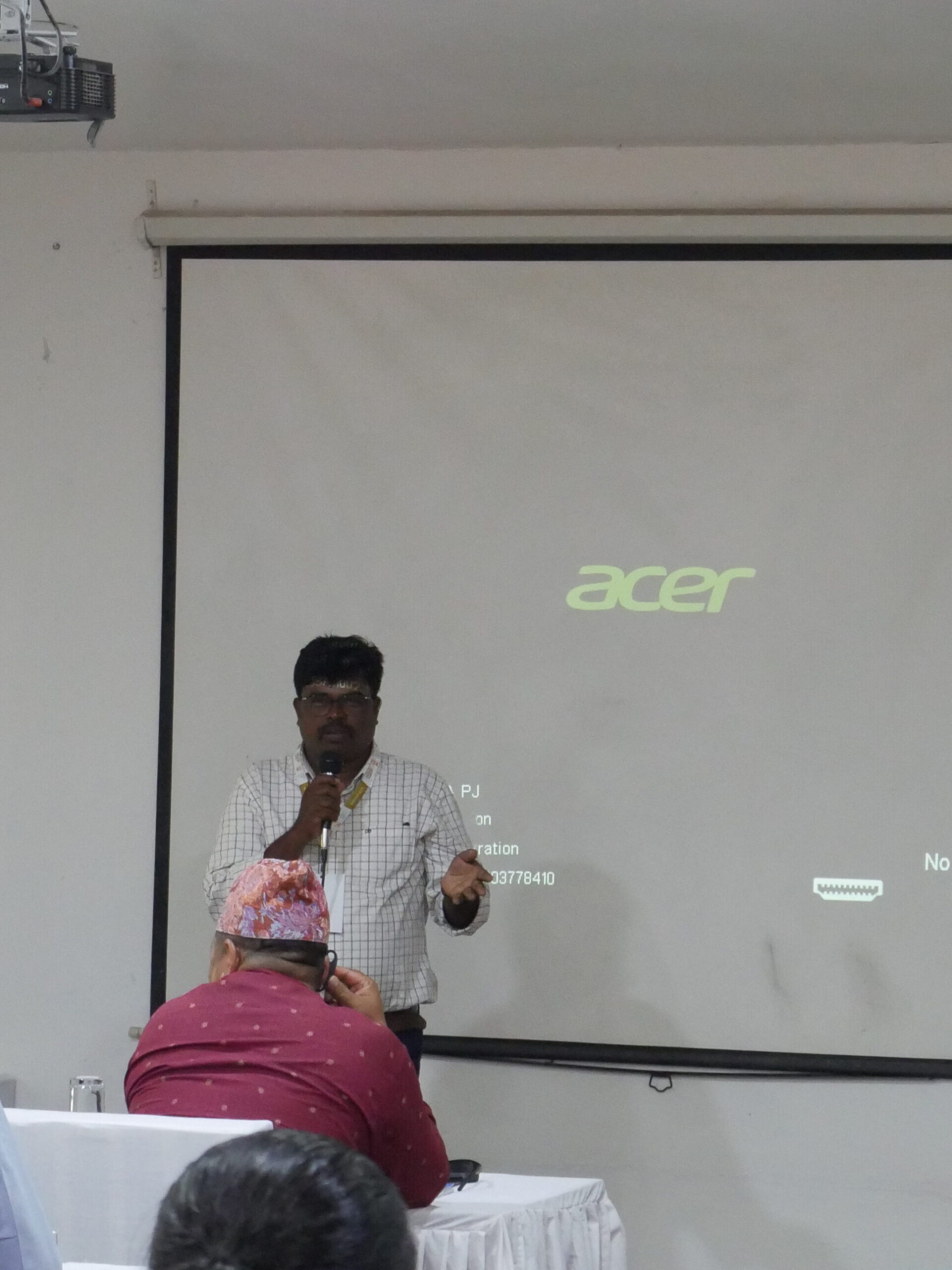

Photos Credit: Vishnu N.M

